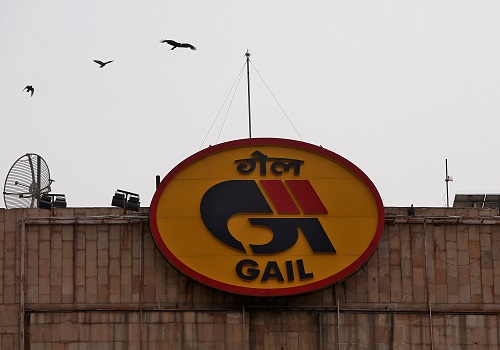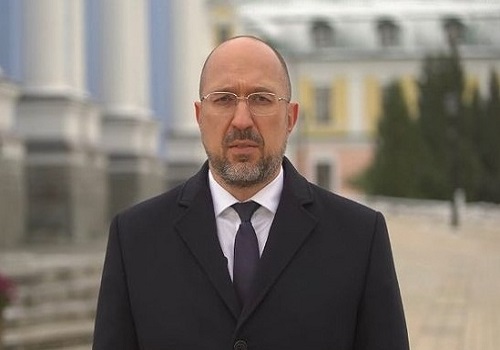OPEC oil output falls in February on Saudi additional cut - survey

Follow us Now on Telegram ! Get daily 10 - 12 important updates on Business, Finance and Investment. Join our Telegram Channel
LONDON- OPEC oil output fell in February as a voluntary cut by Saudi Arabia added to agreed reductions under a pact with allies, a Reuters survey found, ending a run of seven consecutive monthly increases.
The 13-member Organization of the Petroleum Exporting Countries pumped 24.89 million barrels per day (bpd) in February, the survey found, down 870,000 bpd from January. This is the first monthly decline since June 2020.
OPEC and allies, known as OPEC+, decided to keep supply mostly steady for February while Saudi Arabia made an extra cut out of concern about a slow recovery in demand.
With oil rising to a 13-month high last week, OPEC+ is set to discuss pumping more at a meeting on Thursday.
"So far, the members of the alliance have been cooperating and implementing the cuts in exemplary fashion," said analyst Eugen Weinberg at Commerzbank.
"We believe that the high prices will prompt OPEC+ to step up its production by 500,000 barrels per day, while at the same time withdrawing Saudi Arabia's additional production cut."
Top exporter Saudi Arabia pledged an additional 1 million bpd output cut for February and March to ensure inventories do not build up.
Riyadh achieved about 850,000 bpd of that reduction in February, the Reuters survey found.
Consultants including PetroLogistics, which tracks tanker shipments, said Saudi exports remained higher than expected last month.
The Saudi move means OPEC is pumping much less than called for under the OPEC+ deal - the supplier group's pact with non-OPEC producers.
Compliance with pledged cuts in February was 121%, the survey found, up from 103% in January.
IRAN PUMPS LESS
Iran, which is exempt from OPEC cuts and hoping to raise exports if U.S. sanctions are eased, also supplied less crude in February as a surge in exports appeared to run out of steam.
Nonetheless, its exports and production remained higher than many months of 2020.
Angola scheduled fewer cargoes for export in February and Libyan output also declined after a port strike disrupted shipments.
Among countries pumping more, Nigeria posted the biggest gain of 100,000 bpd after exports of Qua Iboe, one of its largest production streams, recovered.
Venezuela, contending with both U.S. sanctions and a long-term decline in output, also posted a rise in supply.
The Reuters survey aims to track supply to the market and is based on shipping data provided by external sources, Refinitiv Eikon flows data, information from tanker trackers such as Petro-Logistics and Kpler, and information provided by sources at oil companies, OPEC and consultants.












 320-x-100_uti_gold.jpg" alt="Advertisement">
320-x-100_uti_gold.jpg" alt="Advertisement">












